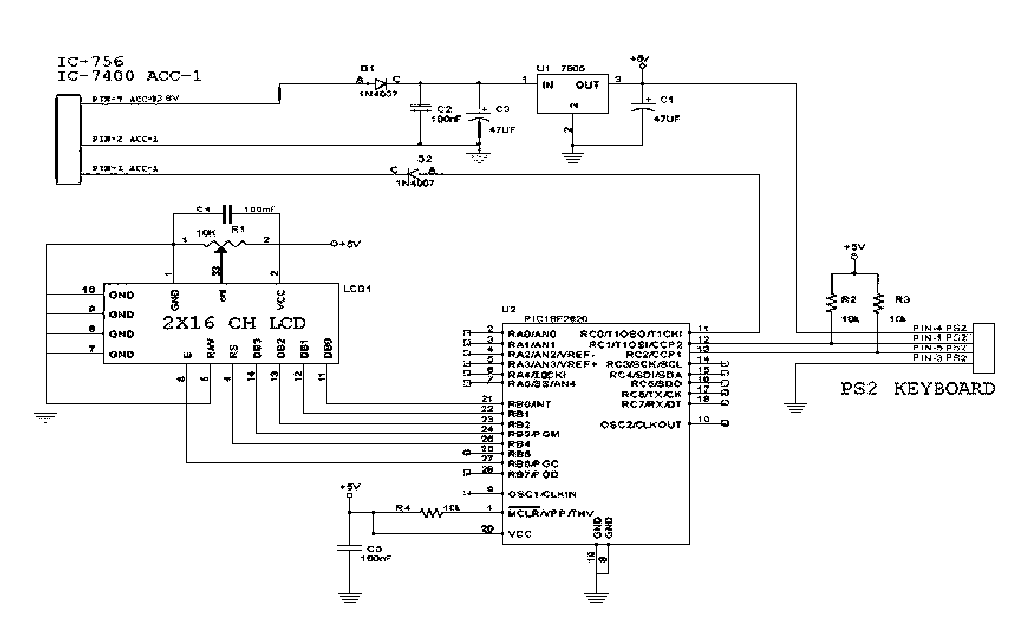

N1MM+ implements them with the help of either a hardware interface (TNC or TU) or more often, using “digital engine” software. These modes are conceptually quite similar to CW. There is no restriction on when a transmission may begin, other than the usual admonition to avoid having both parties to a QSO transmitting at once. These messages may be of arbitrary lengths and may contain any information that can be written down in letters and numbers. The first class of digital modes comprises “conversational” keyboard-to-keyboard modes in which the two parties to a QSO exchange messages made up of characters (letters, numbers or punctuation characters). There are two broad classes of digital modes supported by N1MM+.


Configuring the Entry Window Function Keys.Do You Have… (what to check when it does not work).The Rate Improver – Right Click = Return NOT Menu.WSJT (FT8,FT4) versus other digital modes (RTTY, PSK).Setup DX, DXpedition, and General Purpose Contests.Windows – Table of Contents View (long).Call History and Reverse Call History Lookup.Archive Files (1/2021) – N1MM on WindowsXP.


 0 kommentar(er)
0 kommentar(er)
